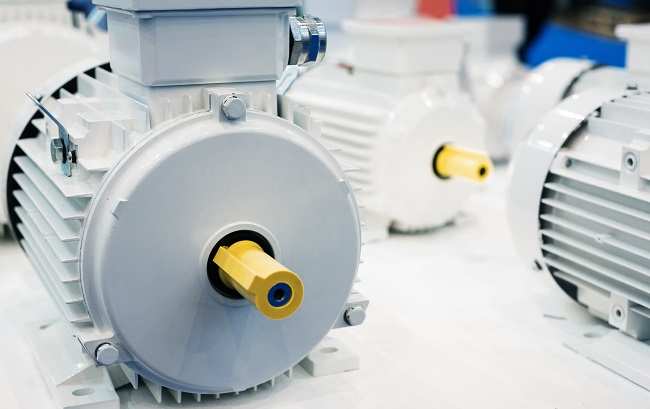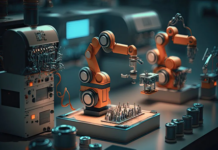
It’s believed that the most advanced piece of technology back then is a circular stone which, later on, became a makeshift wheel. But now, all sorts of machinery make up different tools that individuals may declare as seemingly ‘simple.’ Take the clock as an example. Even ones that aren’t digital would require different components to get them to function the way they are. And one of these types of machinery is a motor.
Motors come in different forms and sizes. Hence, you’ll see it utilized on various equipment in your home or from various factories’ motor control center or MCC buckets. However, what they all have in common is their utilization of electromagnetism. This concept uses a magnet’s north and south poles as the basis.
From there, it repels similar sides. With this in mind, another magnet’s south pole would be more attractive for your magnet’s north pole. Since there are two sides, these magnets are bound to flip around for their respective sides to latch onto their attraction. And this movement (or mechanical energy) is what powers an electromagnet.
What Is An AC Motor?
Also called an alternating current motor, the AC motor is a type of motor that’s exactly what you expect just from its name. This motor depends on converting mechanical energy utilized by the force from its magnetic fields. With its help, it serves to alternate the current flowing through the motor’s electric coils. But to get a little more technical, this is how it works.
An AC motor needs to be started by another motor called a starter motor. Whether contractor or manual, this starter motor serves as a medium to deliver power straight from the source. Once the AC motor is supplied with energy, the device’s different components (namely the stator and rotor) will kick in.
Although it has different designs, the rotor is designed as a spinning shaft. Electricity pours through and twists around the stator (or the coils) through this shaft. Since the stator only functions as the source of electromagnetic fields, the rotor’s movements would cause these fields to frequently switch directions, which is made possible by the AC motor’s alternator.
With this constant change in direction, the electromagnetic fields switch the motor’s polarity around in timed intervals. Therefore, you can probably imagine it acting almost like a piston pushing the water back and forth through a pipe.
Types Of AC Motors
Under AC motors, there are two categories dividing it, namely induction and synchronous motors. Although these have similar processes, the speed at which they function differs from one another. In essence, induction motors perform slower than synchronous ones.
But to discuss it even further, bear in mind that some motors work in phases. Typically, the number of phases depends on how powerful the motor’s energy source is. So, considering how induction motors can either have a single phase or three, you can say that they could create a bigger output than synchronous motors.Meanwhile, synchronous motors run at a constant speed to keep up with the rotating magnetic field. But since this category of AC motors only has a single phase, they’re not as versatile as induction motors with how small their output is. Still, it’s because of this that synchronous motors can run at high speeds consistently. Because, unlike inductors, it’s not so slow that it’s susceptible to losing speed over time.
Applications Of AC Motor System
Thanks to their availability in different sizes and power outputs, AC motor systems are ideal for various practical mechanical applications – be they irrigation pumps or compressor drives.
Furthermore, AC systems produce little to no noise, even when used on industrial equipment such as pumps or packaging. Thus, fully functioning computers are much quieter because of this. The same goes for air conditioning units.
Not only that, but with so few parts moving, you can expect this system to last for years on end. And considering how its components spin around, it won’t need as much maintenance as expected.
AC Vs DC: What’s The Difference?
Besides alternating current, motors have another type called direct current. Unlike AC motor systems, DC motors target power more. DC systems can start independently, whereas AC motors need a starter motor. Plus, because they depend on voltage output, it’s easy to change their speed whenever you want. That’s why DC motors are better used on equipment pieces that demand power more frequently, such as production units or sewing machines.
Nonetheless, one of the key components of DC motors is their brush. This brush triggers certain components found in DC motors to produce electromagnetic fields. In the same breath, this is also one of the most common reasons DC motors fail. Since AC motor systems don’t have brushes, you could say their durability is better in that regard.
Takeaway
Technology’s come a long way from the norm back then. Yet it still didn’t stray from its original purpose: to provide convenience. So, although some pieces of technology are bound to be complicated, you can’t deny that they remain true to their goal. But if you’re curious about how they work, some guides would give you an overview. The feature above aims to provide you insights about AC motors – one of the most popular and useful pieces of technology used in many machines today.


















